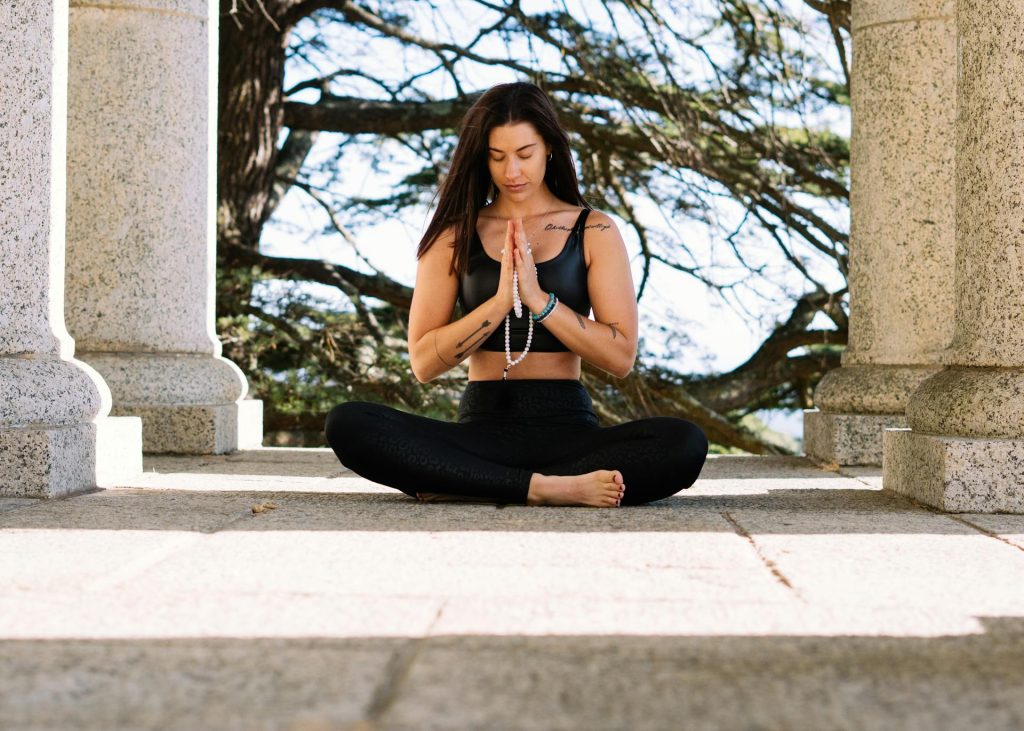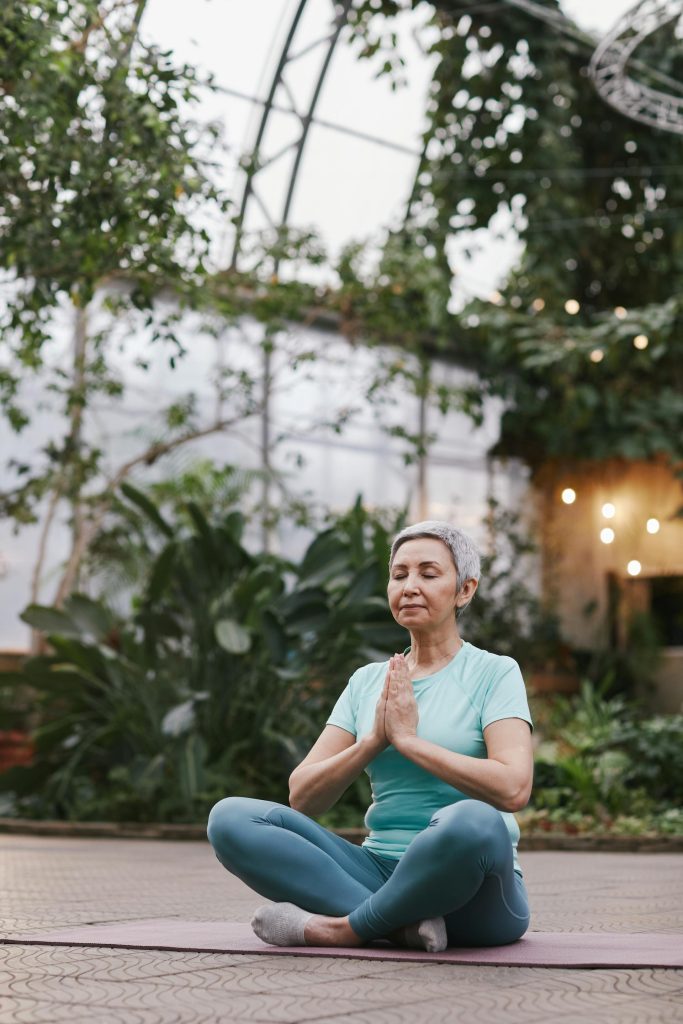In today’s fast-paced world, where stress and anxiety have become ubiquitous, mindfulness meditation offers a sanctuary of peace and clarity. This ancient practice, rooted in Buddhist traditions, has gained widespread popularity for its profound benefits on mental and physical health. Mindfulness meditation techniques are diverse, catering to different preferences and lifestyles. This article explores various mindfulness meditation techniques, providing a guide for beginners and seasoned practitioners alike.

What is Mindfulness Meditation?
Mindfulness meditation is the practice of focusing one’s attention on the present moment while calmly acknowledging and accepting one’s feelings, thoughts, and bodily sensations. It is about being fully present and engaged in the here and now, free from distraction or judgment. This state of awareness can be cultivated through various techniques, each offering unique pathways to mindfulness.
Basic Mindfulness Meditation
The most straightforward technique is basic mindfulness meditation. Here’s how you can practice it:
- Find a Quiet Place: Choose a serene spot where you won’t be disturbed.
- Sit Comfortably: Sit in a comfortable position with your back straight but not rigid. You can sit on a chair or a cushion on the floor.
- Focus on Your Breath: Close your eyes and take a few deep breaths. Then, breathe normally and focus on the sensation of your breath entering and leaving your nostrils.
- Observe Without Judgment: As you breathe, thoughts will inevitably arise. Acknowledge them without judgment and gently bring your focus back to your breath.
- Practice Regularly: Start with a few minutes daily and gradually increase the duration as you become more comfortable with the practice.
Body Scan Meditation
Body scan meditation is a technique that involves systematically focusing on different parts of your body. This method helps in building a connection between the mind and body, enhancing overall awareness and relaxation.
- Lie Down Comfortably: Lie on your back with your legs extended and arms at your sides, palms facing up.
- Take Deep Breaths: Close your eyes and take deep breaths, bringing your attention to the rise and fall of your abdomen.
- Focus on Each Body Part: Starting from your toes, mentally scan each part of your body. Notice any sensations, tension, or discomfort. Spend a few moments on each area before moving to the next.
- Release Tension: As you focus on each body part, consciously release any tension you may be holding.

Loving-Kindness Meditation (Metta)
Loving-kindness meditation, or Metta, involves cultivating feelings of compassion and love towards oneself and others. This practice helps in developing positive emotions and reducing negative feelings like anger and resentment.
- Find a Comfortable Position: Sit comfortably with your eyes closed.
- Repeat Positive Phrases: Silently repeat phrases like “May I be happy, may I be healthy, may I be safe, may I live with ease.” Feel the warmth and kindness of these words.
- Extend to Others: Gradually extend these wishes to others, starting with loved ones, then acquaintances, and finally to all beings. “May you be happy, may you be healthy, may you be safe, may you live with ease.”
Walking Meditation
Walking meditation combines movement with mindfulness. It’s a great option for those who find sitting meditation challenging or for incorporating mindfulness into daily activities.
- Choose a Path: Find a quiet place where you can walk back and forth for a few minutes.
- Walk Slowly: Walk at a slow, deliberate pace.
- Focus on Movement: Pay attention to the sensation of lifting your foot, moving it forward, and placing it down. Notice how your body feels with each step.
- Breathe Naturally: Let your breath flow naturally, and sync your steps with your breathing.
Guided Meditation
For beginners, guided meditation can be particularly helpful. It involves listening to a meditation teacher or recording that provides instructions and guidance throughout the session.
- Find a Guided Meditation: Choose a guided meditation that suits your needs. Many apps and websites offer free and paid options.
- Follow the Instructions: Listen to the guidance and follow along. This can include breathing exercises, visualizations, or body scans.
- Practice Regularly: Regular practice can help you become more comfortable with meditation and develop a deeper mindfulness practice.

Conclusion
Mindfulness meditation is a versatile practice with techniques that can suit various lifestyles and preferences. Whether you choose basic mindfulness, body scan, loving-kindness, walking meditation, or guided meditation, the key is consistency. Regular practice can lead to significant improvements in mental clarity, emotional stability, and overall well-being. Embrace these techniques to cultivate a more mindful, peaceful life.


